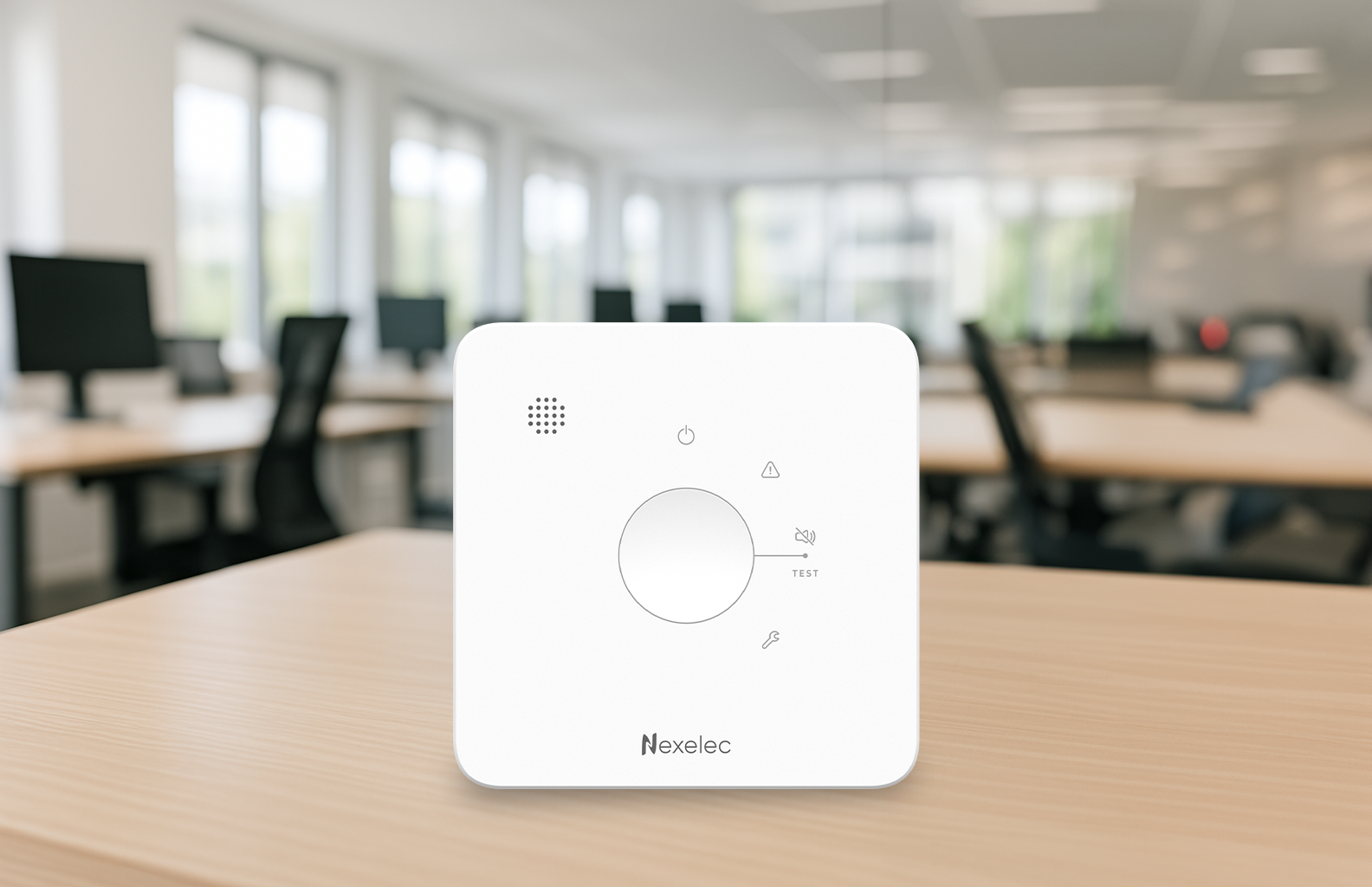Invisible, odourless and potentially deadly, carbon monoxide (CO) is a dangerous gas that can be released silently in a home. CO detectors are designed to give a rapid warning in the event of an abnormal concentration, but regular maintenance is essential to ensure their effectiveness.
Dust, draughts, chemicals... several factors can affect detection or trigger an unjustified alert. Adopting the right reflexes not only extends the life of the device, but also ensures the safety of the occupants. Here is everything you need to know to properly maintain your CO detector.

Always read the user manual
Before handling, read the manufacturer's recommendations: each model may have specific maintenance, cleaning or positioning requirements.
Observe instructions on use limitations, ambient temperature and areas to be avoided.
Clean your detector once a month
Monthly cleaning is recommended to prevent the build-up of dust that can interfere with the sensors.
Here's how:
- Use a clean, dry cloth or the brush attachment of your vacuum cleaner.
- Do not apply any chemicals, solvents or detergents.
- Never paint the detector.
Beware of sources of interference
Certain elements may cause the detector to trip unexpectedly:
- A direct artificial light source (neon, powerful LEDs)
- Close proximity to a ventilation, air-conditioning or convector outlet
- Rapid temperature variations
If necessary, change the detector's location according to the manufacturer's recommendations.
Test operation regularly
Once a month, press the detector 's test button to make sure the alarm is working properly.
This test validates the state of the electronic components and ensures that the device is always operational.
Who is responsible for maintenance?
In the case of residential property, the occupant (tenant or owner-occupier) is responsible for maintaining the CO detector.
This responsibility is part of the ALUR law, which imposes certain obligations in terms of housing safety.
This news may interest you
Nexelec's news
